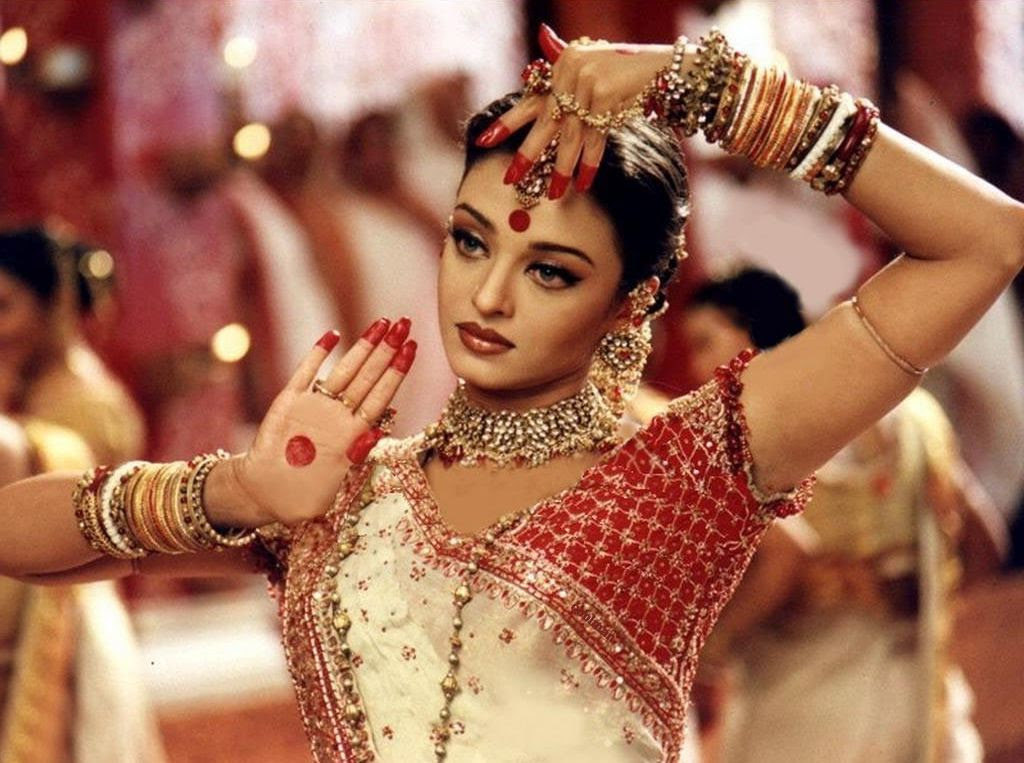Bollywood is part of India’s cultural identity, is facing a historic economic crisis; foreign streaming platforms and productions from the south are now managing to overshadow it.
Since early 2020, cinemas in Mumbai, the nerve center of the Bollywood industry, whose revenues remained at half-mast after the COVID-related confinements, have been drawing the curtain.
“We have never had a worse crisis,” says Manoj Desai, an elderly cinema owner in Mumbai. Some screenings were cancelled because “the audience was not there.
The huge South Asian country of 1.4 billion people produces an average of 1,600 films a year, more than any other country in the world.
Bollywood’s films have always attracted the country’s crowds and the public, who worship the stars like gods, flocked to the premieres.
However, the last three blockbusters starring Akshay Kumar have all flopped.
Aamir Khan, the face of India’s most popular films, also failed to convince audiences with Laal Singh Chaddha, the remake of Forrest Gump, which he produced.
Only 10 of the 50 Bollywood films released last year met or exceeded its targets, says media analyst Karan Taurani of Elara Capital. Before the pandemic, half did.
On the other hand, several Telugu (Tollywood) films in southern India, competitors to Hindi-language Bollywood, are rising to the top.
More than 50 percent of Hindi film revenues between January 2023 and August 2023 were generated by southern films dubbed in Hindi, Soumya Kanti Ghosh, chief economic advisor to the State Bank of India, said in a recent report.
“Bollywood … seems to be reaching an inflection point, the nature of which differs from previous disruptions,” Ghosh said.
The rise of online platforms had already dealt it a blow before the pandemic, which was further exacerbated by periods of lockdown.
About half of India’s population has access to the Internet. Local and foreign streaming services, such as Netflix, Amazon Prime and Disney+ Hot star, have 96 million subscribers, according to a government estimate.Several films released after the lockdown were shown on the platforms, while others landed on TV just weeks after their theatrical release.The cost of a monthly subscription to a streaming service is little more than a single movie ticket at 100-200 rupees (1.20-2.50 euros).
The population has developed a taste for local and international streaming content, with films in regional languages such as Telugu, Tamil, Malayalam and the southern Kannada language now available to them.
“Regional cinema was not traveling beyond its borders. But suddenly everyone is accessing Malayalam or Maharashtrian cinema and realizing that their filmmakers are telling more interesting stories,” says critic Raja Sen.
“And when a Hindi blockbuster with a star comes out, remaking a story that has been heard a million times, the audience is hardly impressed anymore.




Comment here